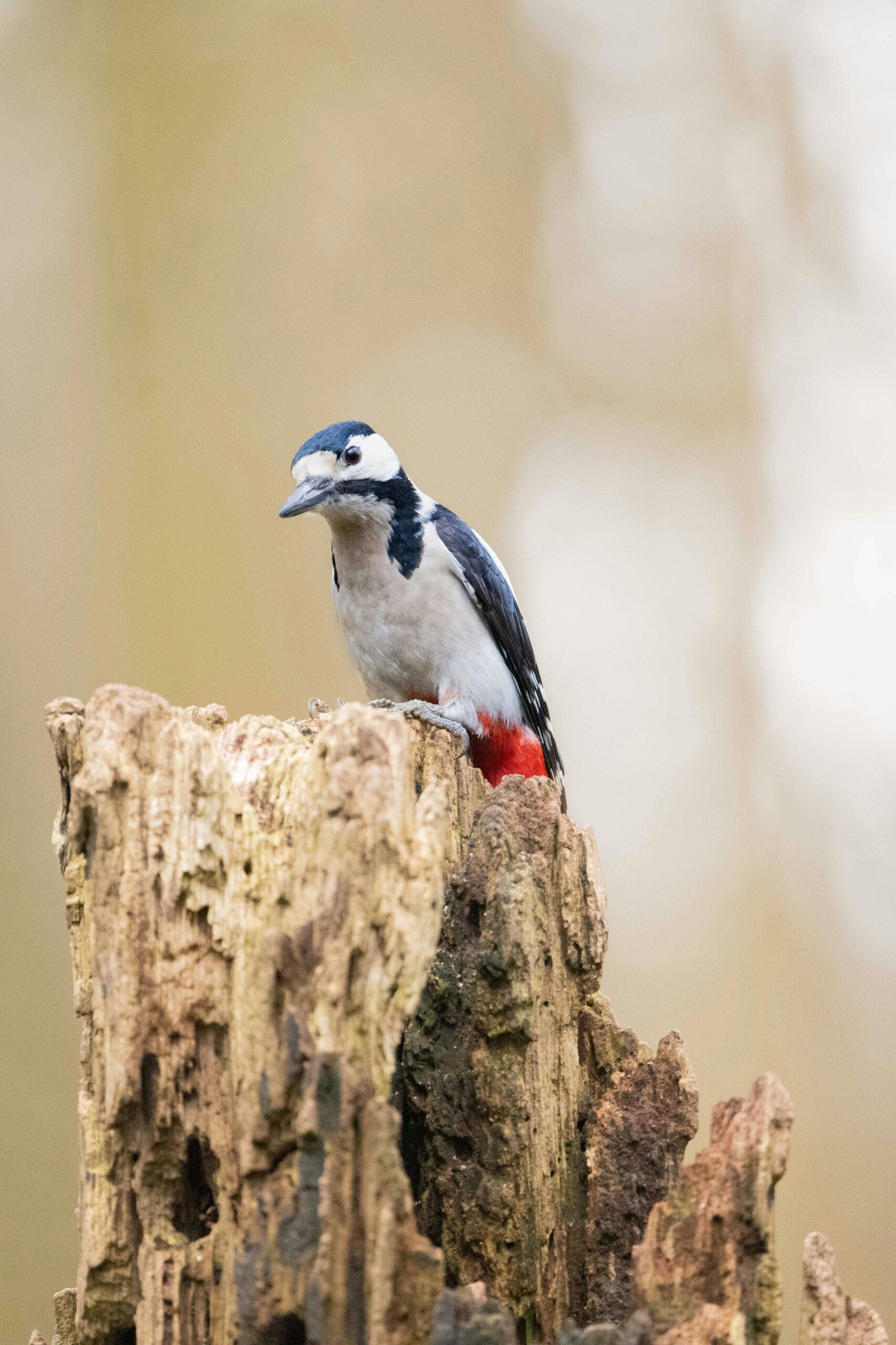Understanding Baumstumpf: A Comprehensive Guide
What is a Baumstumpf?
A **Baumstumpf**, or tree stump, is the remaining part of a tree after it has been cut down or has fallen naturally. These stumps can vary greatly in size and condition, depending on the tree species, age, and how long they have been exposed to the elements. A Baumstumpf can have ecological significance, providing habitat for various organisms, while also posing challenges for land management and landscaping. Understanding the nature of a tree stump can help homeowners and landowners make informed decisions about whether to remove it, leave it for ecological reasons, or even repurpose it in creative ways.
Ecological Importance of Baumstumpf
Tree stumps can play a vital role in the ecosystem. They can become microhabitats that host a variety of organisms like fungi, insects, and small mammals. This **Baumstumpf** ecosystem can lead to nutrient cycling as decomposing matter enriches the soil. Furthermore, these stumps can attract birds and other wildlife, enhancing biodiversity. If you observe a tree stump in your garden, consider its potential benefits rather than viewing it solely as waste.

Challenges of Baumstumpf in Landscaping
While Baumstumpf has its ecological benefits, it can also present challenges in landscaping and property management. Stumps may hinder lawn mowing, impede construction projects, or obstruct pathways. Additionally, they can attract pests like termites and carpenter ants, posing risks to surrounding trees and structures. It’s crucial for property owners to weigh the aesthetic and practical implications of leaving or removing a stump. Regular maintenance can help mitigate these challenges if stumps are retained for their ecological value.
Methods for Baumstumpf Removal
Removing a Baumstump can be a daunting task, but there are multiple methods available. The most common approaches include manual removal, grinding, and chemical treatments. Each method has its advantages and drawbacks, depending on your specific circumstances, budget, and whether you prefer to do it yourself.
Manual Removal
Manual removal involves digging up the stump with the help of tools such as shovels, axes, and saws. This method can be labor-intensive but is often suitable for smaller stumps. To start, you’ll need to clear the area around the stump and expose the roots. Cutting the roots before attempting to remove the stump can make this process easier. However, it’s important to note that this method may not be feasible for very large stumps.
Stump Grinding
Stump grinding is a popular and efficient method for removing Baumstumpf, particularly in larger trees. A professional service uses a specialized machine to grind down the stump below ground level, allowing for lawn restoration or planting in that area. This method is less labor-intensive and provides a quick solution, reducing the visible burden of the stump. Ensure that you hire a reputable company to handle this process safely.

Creative Uses for Baumstumpf
Instead of viewing a Baumstumpf as a nuisance, consider its potential for creative uses. With a little imagination, you can transform a stump into a functional or decorative feature in your landscape. Here are some inspiring ideas:
Garden Planters
One of the most popular ways to repurpose a stump is by turning it into a garden planter. By hollowing out the top of the stump, you can fill it with soil and plant flowers, herbs, or even small shrubs. This not only enhances your garden’s aesthetics but also encourages biodiversity by providing habitat for beneficial insects.
Seating and Table Features
For those with larger stumps, consider transforming them into seating or table features. Smoothing and finishing the top surface can create a rustic bench or a natural coffee table. This adds character to outdoor spaces and provides unique seating arrangements for gatherings.
Key Takeaways
- A **Baumstumpf** serves important ecological roles but can pose challenges in landscaping.
- Methods for Baumstumpf removal include manual techniques, grinding, and chemical treatments, each with its implications.
- Creative uses for stumps can enhance garden aesthetics and functionality.
FAQ
1. How can I tell if a Baumstumpf is decaying or healthy?
A decaying Baumstumpf will often be soft to the touch, with visible fungi or pests. In contrast, a healthy stump will feel solid and may still show evidence of bark and growth rings. If you’re uncertain, consider checking with an arborist for a professional evaluation.
2. What plants can thrive in a Baumstumpf planter?
Many plants do well in Baumstumpf planters, especially shallow-rooted varieties. Herbs like basil, mint, and thyme are excellent choices, along with flowers such as marigolds and pansies. Ensure good drainage and proper soil care for optimum growth.
3. What are the costs associated with Baumstumpf removal?
The cost of Baumstumpf removal varies considerably based on factors including stump size, location, and chosen removal method. Typically, grinding services can range from $75 to $150 per stump, while manual removal can incur additional labor costs if hired out.
4. Can I leave a Baumstumpf in my yard?
Yes, you can leave a Baumstumpf if you wish to maintain its ecological benefits, such as providing habitat for wildlife. However, consider its placement and ongoing maintenance. Stumps should not obstruct pathways or pose safety hazards.
5. How can I prevent pests from infesting a Baumstumpf?
To prevent pest infestation in a Baumstumpf, keep the area clean and dry. If you notice any signs of pests or decay, consider using natural repellents or hiring a pest management service. Regular monitoring and maintenance can help keep your landscape healthy and pest-free.
In conclusion, a Baumstumpf can hold ecological significance or present opportunities for creativity within your landscape. Whether you choose to remove it or repurpose it, understanding its nature and implications will help you make the best decision for your space.
